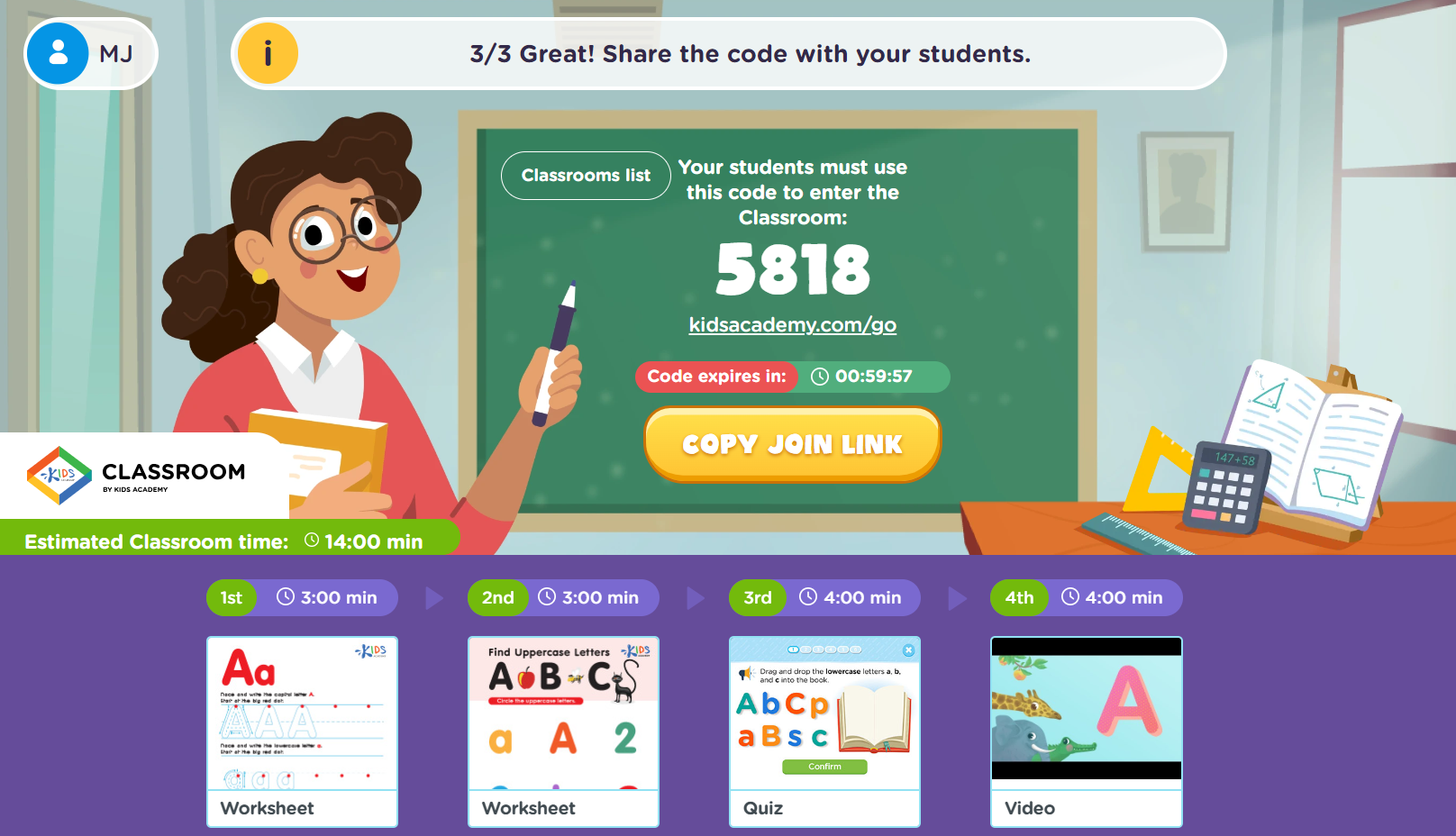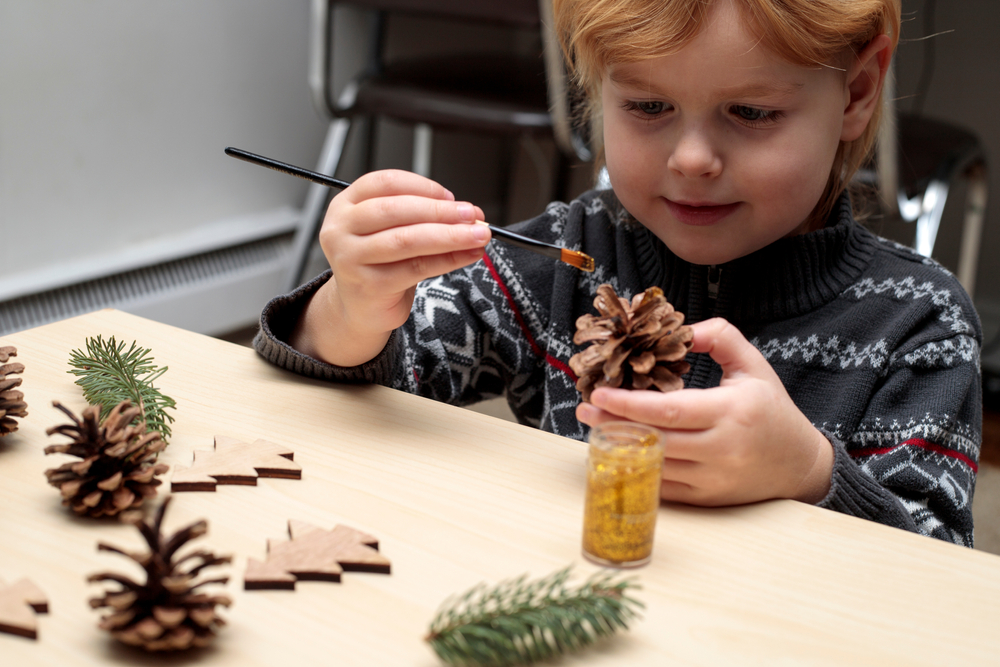Understanding patterns Science Worksheets for Ages 5-8
4 filtered results
-
From - To
Discover the engaging world of patterns with our "Understanding Patterns" science worksheets designed for kids ages 5-8! These fun, educational worksheets from Kids Academy help young learners identify, predict, and create patterns through interactive activities. By recognizing patterns in nature, everyday objects, and numbers, children develop crucial cognitive and problem-solving skills. Each worksheet is aesthetically designed to capture kids' attention, providing them with a hands-on learning experience that blends education with creativity. Set a strong foundation in early math and science concepts while igniting curiosity and excitement for learning. Perfect for home or classroom use!
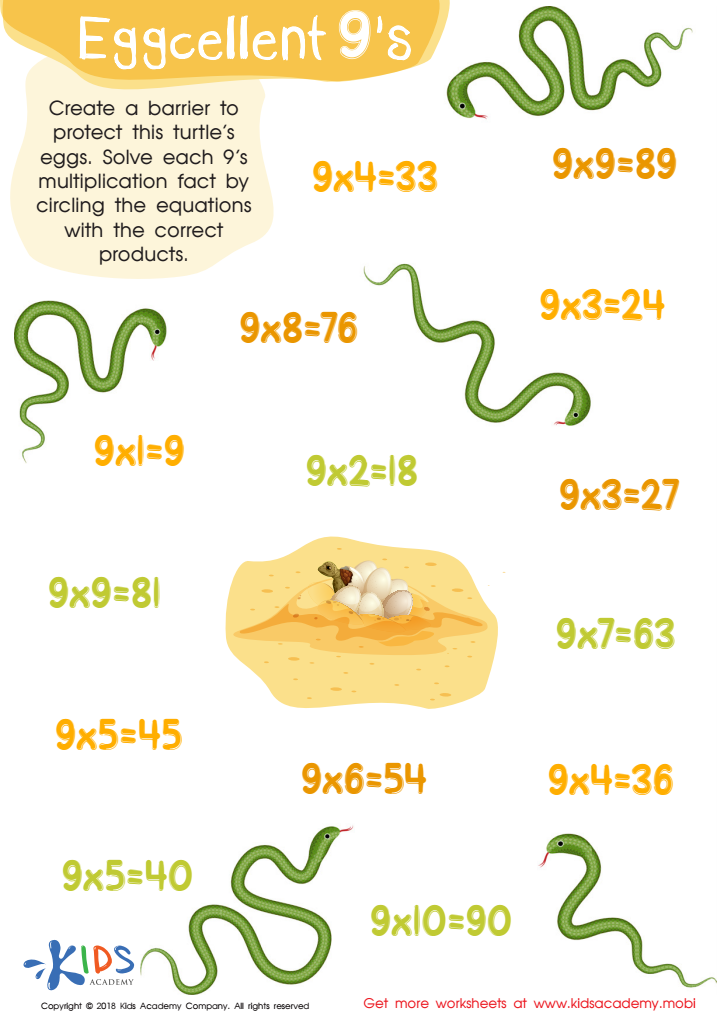

Eggcellent 9’s Worksheet
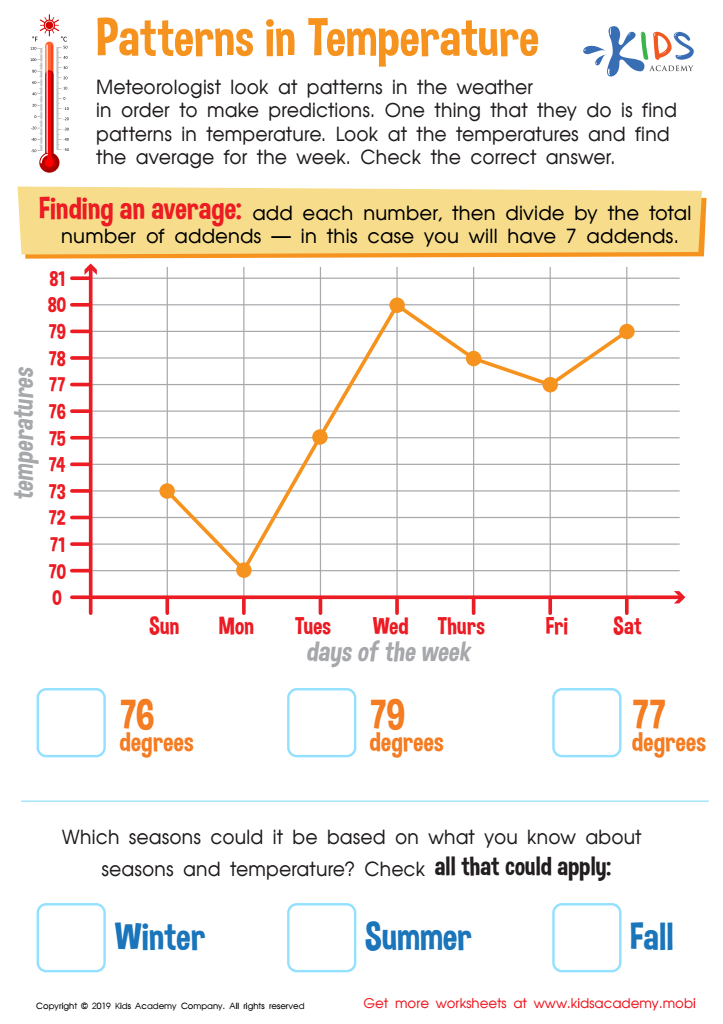

Patterns in Temperature Worksheet
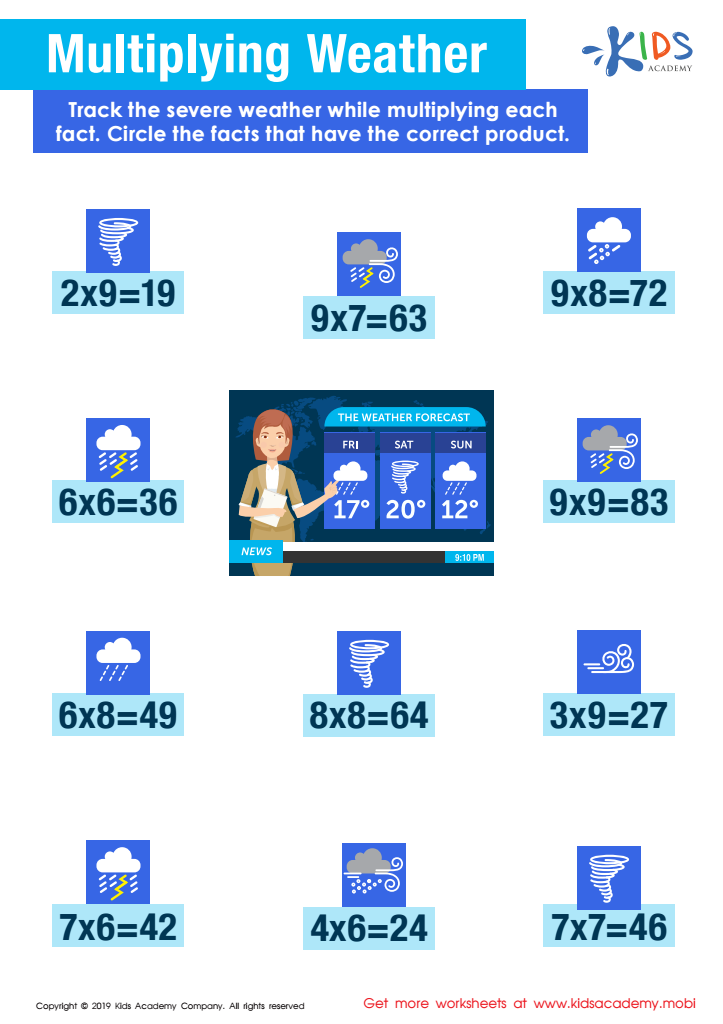

Multiplying Weather Worksheet
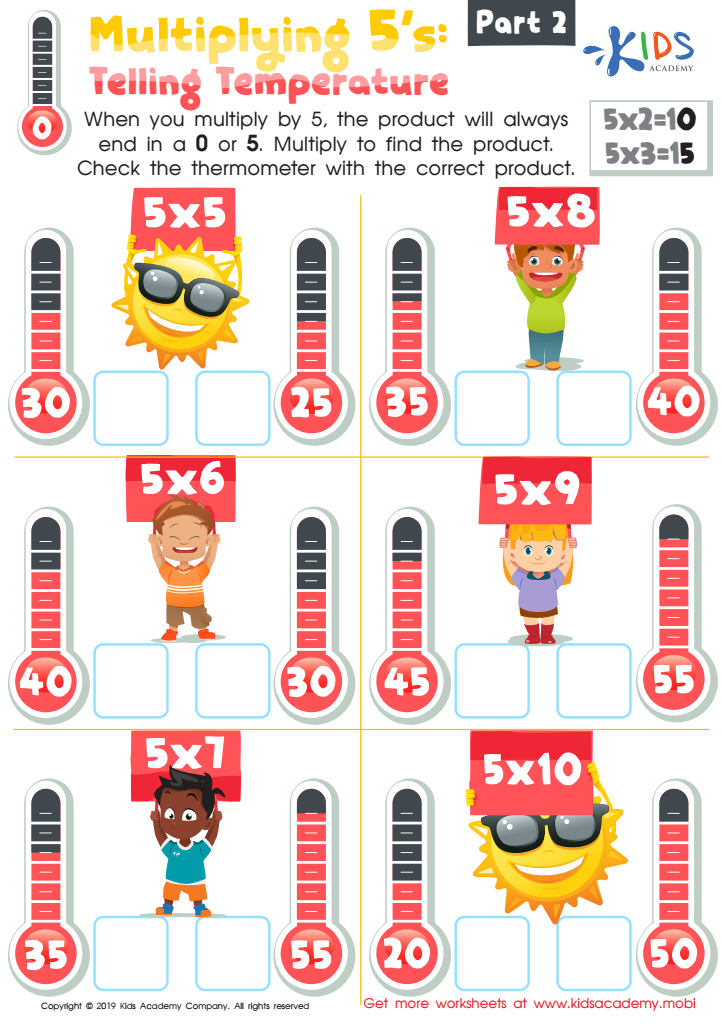

Multiplying 5’s: Telling Temperature Part 2 Worksheet
Understanding patterns in science for children ages 5-8 is fundamental for their cognitive and academic growth. At this foundational stage, young minds are exceptionally receptive to recognizing and interpreting patterns, as they are natural problem-solvers and keen observers of the environment. Patterns provide a structure that helps children make sense of the world around them, fostering prediction and logical thinking skills which are crucial for scientific inquiry.
When parents and teachers encourage pattern recognition, they are essentially promoting critical thinking and logical reasoning. For example, recognizing patterns in weather, seasons, and plant growth helps children understand basic scientific principles and the concept of cause and effect. These skills are not restricted to science; they transfer to mathematics, reading, and even social contexts, enhancing overall learning experiences.
Moreover, learning about patterns early on sets a strong foundation for more complex scientific concepts. It nurtures curiosity and a sense of discovery, motivating children to explore and ask questions. By the age of 5-8, children who are adept at understanding patterns can better grasp advanced subjects like math and science as they grow older.
In essence, fostering an early understanding of patterns equips young learners with essential skills for lifelong learning and curiosity in the STEM fields, establishing a robust foundation for future academic success.
 Assign to My Students
Assign to My Students






